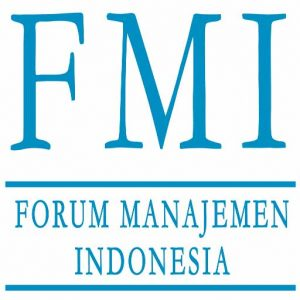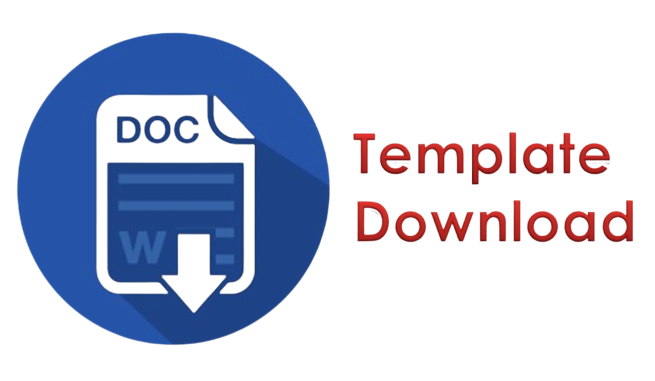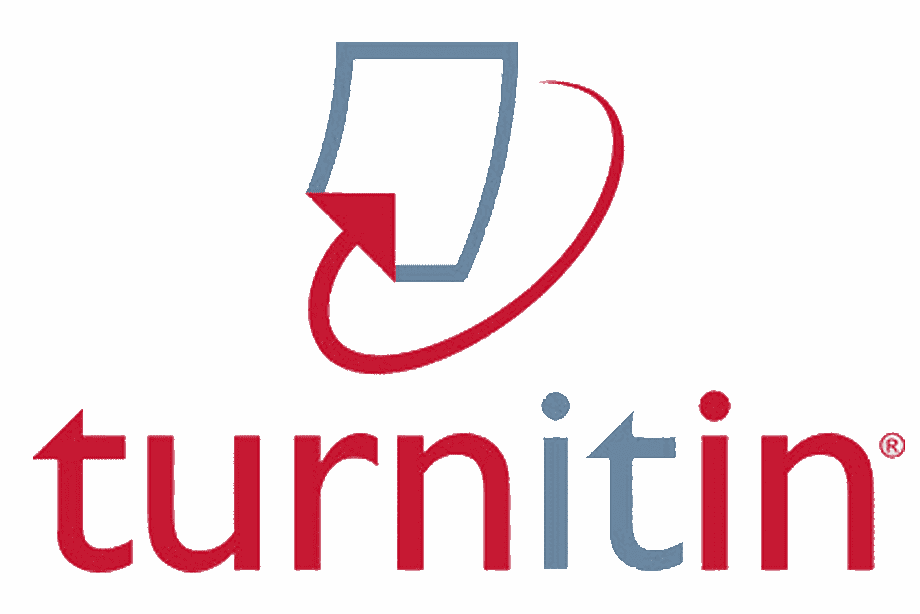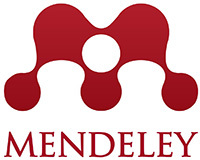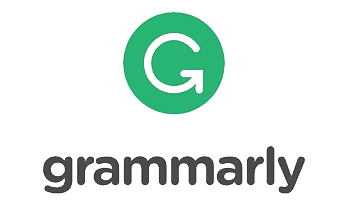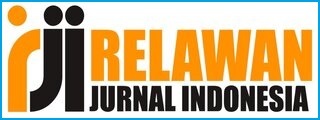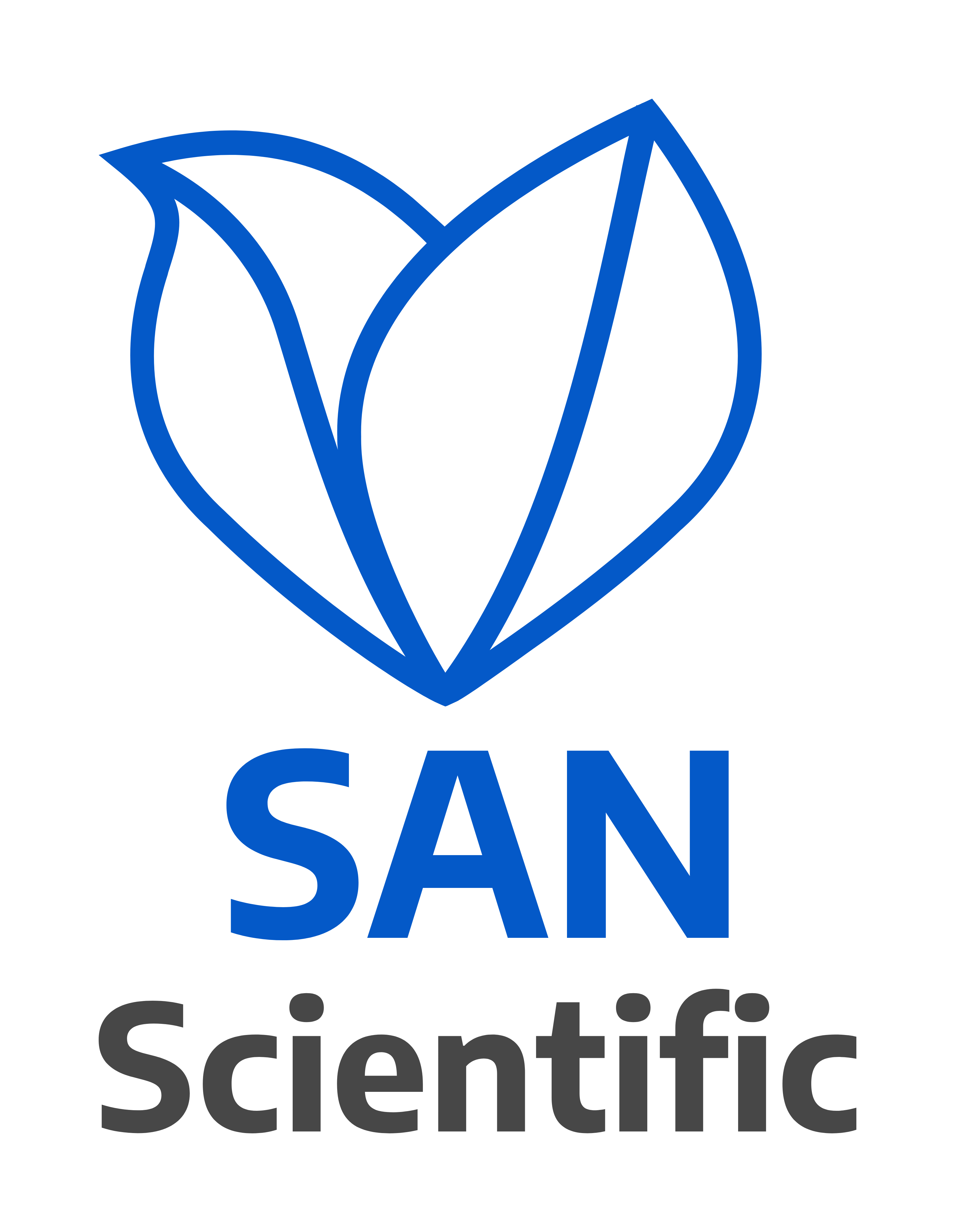Author Guidelines
General Author Guidelines
Research papers on accounting, finance, corporate governance, risk management, and other related topics are especially encouraged. English and/or Bahasa Indonesia should be used for all submissions to the journal. It is recommended that authors who do not speak English as their first language have their papers proofread for grammar and clarity before submission. International Science Editing and Asia Science Editing offer English language and copyediting services. It wasn't appropriate to publish the material or submit it for publication elsewhere.
All manuscripts must be submitted to the RAG Editorial Office online at the E-Journal portal address https://sanscientific.com/journal/index.php/rag, where the author registers as an author and/or offers as a reviewer online. If authors have any problems with the online submission, don't hesitate to get in touch with the Editorial Office at the following email address: admin@sanscientific.com.
The author should conduct a plagiarism check for the final manuscript with a maximum similarity of 20 percent.
Manuscript Template
When preparing the manuscript, follow the author's instructions in the article template: Format DOC download.
Reviewing of manuscripts
At least two peer reviewers independently evaluate each submitted paper. Their reports and recommendations provide the basis for publication, amendment, or rejection decisions.
A statement summarizing why two or more reviewers considered an article unsuitable for publication in this journal would be provided to the authors no later than three months after the submission date.
The editor should receive any manuscripts returned to the authors for editing as soon as possible. Through the Online Submission Interface (https://sanscientific.com/journal/index.php/rag), revised papers can be emailed to the editorial office. More than three months later, manuscripts updated and returned will be classified as "new submissions."
Manuscripts sent back to the authors for revision should be returned to the editor immediately. Revised manuscripts can be sent to the editorial office through the Online Submission Interface (https://sanscientific.com/journal/index.php/rag). The revised manuscripts returned later than three months will be considered new submissions.
Manuscript Preparation Guidelines
The manuscripts represent academic research in accounting, finance, and corporate governance. Upon the publication of the manuscript, the author should provide a letter stating that the manuscripts have never been, or are under consideration to be, published in other journal publications.
Author Guidelines
- The article should be within the scope and focus of this journal.
- The article is sent in MS.Word format with the following conditions:
-
- A4 paper with the page margin; Left (2,5 cm), top (2,5 cm), Right (2,5 cm), and bottom (2,5 cm);
- Articles may be up to 12 pages in length, excluding indexing.
- Conjunctions in the title (and, in, or with, as well, about, that, against, so, because, then, for the sake) and prepositions (in, to, from, into, within, by, through) are written in
- Cite all relevant references.
- Do not include plagiarized obscene, libelous, or defamatory material.
- Please do not insert page numbers.
- Give credit to other people who have helped or influenced your work.
- Articles are written with the following regulations.
- Title (Trebuchet MS 14; contains uppercase on the whole and bold; 1 space).
- Author(s) Name(Trebuchet MS 11 and bold; 1 space).
- Author(s) Affiliation (Trebuchet MS 10; 1 space) contains the name of the institution/ organization/workplace/author’s works/study place.
- Correspondence (Trebuchet MS 10, 1 space) only contains the corresponding author’s name and valid email address.
- Abstract (Calisto MT 10; contains uppercase in the first letter and bold; 1 space). The manuscript abstract is written in English and Bahasa Indonesia only.
- Keywords (Calisto MT 10; bold; italic) and their contents (Calisto MT 10) are written in English, with several 4-6 keywords.
- INTRODUCTION (Trebuchet MS 11 and bold) and its contents (Calisto MT 10; 1 space).
- METHODS (Trebuchet MS 11 and bold) and its contents (Calisto MT 10; 1 space).
- FINDINGS (Trebuchet MS 11 and bold) and its contents (Calisto MT 10; 1 space).
- DISCUSSION (Trebuchet MS 10 and bold) and its contents (Calisto MT 10; 1 space). Descriptions of the findings and discussion should be made separately.
- CONCLUSION AND RECOMMENDATION (Trebuchet MS 10 and bold) and its contents (Calisto MT 10; 1 space).
-
The conclusion summarizes the results of the discussion of the results and findings of the study. This section is the main idea of the scientific article (main idea) that is in line with the purposes of the article. Suggest the conclusion in 3-4 paragraphs of medium size, with the last paragraph being managerial implications.
Recommendation (If any)
Give advice or recommendations to relevant parties related to this study. Suggestions should be specific, informative, and actionable (max 100 words).
Limitations and avenues for future research
Explain in one paragraph (max 100 words) the limitations of the article we compiled related to the purpose/problem, the data, and the method or design of the analysis. This article should also provide input for an avenue for future research.
-
- ACKNOWLEDGMENT (Trebuchet MS 10 and bold) and its contents (Calisto MT 10; 1 space).
-
This section is an opportunity for the author(s) to thank those who have contributed to the research and the article, such as providers of research funds (grants), institutions/individuals who provide data or analytical facilities, and experts/reviewers who provide valuable input (max 60 words).
-
REFERENCES Sources of citations and bibliography must be the same. The writing format of a bibliography refers to the American Psychological Association (APA). Citation and bibliography writing are advised to use the Mendeley application.
Citation in text
The RAG (Research of Accounting and Governance) uses the APA (American Psychological Association) 7th Edition Style (author-date method) short reference system for citations in the text with an alphabetical list at the end of the paper. Please ensure that every reference cited in the text is also in the reference list and vice versa. Please check if all names and surnames of the authors also the details (title, year, volume, pages, etc.) in the list of references are correct. Unpublished results and personal communications are not recommended in the reference list but may be mentioned in the text. Suppose these references are included in the reference list. In that case, they should follow the standard reference style of the journal and should include a substitution of the publication date with either 'Unpublished results' or 'Personal communication.'
In the text, use the following style examples:
- This was explained by Allen (2020):" – single author item
- This was explained in full (Allen, 20206):" – single author item
- This was Concluded in full (Allen & Santosa, 2020) – two authors
- This was discussed in full (Huda et al., 2019)…" – 3 or more authors
- This was stated in full (P. Allen, 2019; S. Allen, 2020)…" where items have similar author names
- This was discussed in full (Allen, 2016a, 2016b)…" where two or more items are published in the same year
Web references
At a minimum, the full URL and the date when the reference was last accessed should be given. If known (DOI, author names, dates, reference to a source publication, etc.), should also give any further information. Web references can be listed separately (e.g., after the reference list) under a different heading if desired or included in the reference list.
Reference style
Text: Citations in the text should follow the referencing style used by the American Psychological Association. You are referred to the Publication Manual of the American Psychological Association, Sixth Edition. List: references should be arranged alphabetically and then sorted chronologically if necessary. More than one reference from the same author(s) in the same year must be identified by the letters 'a', 'b,' 'c,' etc., placed after publication.
Examples:
Reference to a journal publication:
Santosa, P. W. (2020). Determinants of price reversal in high-frequency trading: empirical evidence from Indonesia. Investment Management and Financial Innovations, 17(1), 175-187. doi:10.21511/imfi.17(1).2020.16
Conrad, J., Wahal, S., & Xiang, J. (2015). High-frequency quoting, trading, and the efficiency of prices. Journal of Financial Economics, 116(2), 271-291. https://doi. org/10.1016/j.jfineco.2015.02.008
Reference to a journal publication with an article number:
Van der Geer, J., Hanraads, J. A. J., & Lupton, R. A. (2018). The art of writing a scientific article. Heliyon, 19, e00205. doi:10.1016/j.heliyon.2018.e00205.
Reference to a book:
Montgomery, D. C. (2012). Introduction to statistical quality control (7th ed.). London: Wiley.
Reference to a book chapter:
Slack, B. (2007). The terminalisation of seaports. In J. Wang, D. Olivier, T. Notteboom, & B. Slack (Eds.), Ports, cities, and global supply chains (pp. 41–50). Ashgate.
Reference to a website:
Cancer Research UK. Cancer statistics reports for the UK. (2003). http://www.cancerresearchuk.org/aboutcancer/statistics/cancerstatsreport/ Accessed 13 March 2003.
Conference Proceedings
Saraiji, R., Harb, A., & Hamdan, M. O. (2011). Performance of LED street lights in hot environments. In K. Domke & C. A. Brebbia (Eds.), Light in engineering, architecture, and environment (pp. 147–158). WIT Press. https://doi.org/10.2495/LIGHT110131
Brown, S., & Caste, V. (2004, May). Integrated obstacle detection framework. Paper presented at the IEEE Intelligent Vehicles Symposium, Detroit, MI.
Thesis or dissertation
Suwetwattanakul, C. (2010). Developing a knowledge-sharing model for implementing the learning organization in Thailand (Unpublished doctoral dissertation/Thesis). Victoria University, Melbourne, Australia.
Internet documents
Brown, J. (2019, December 17). How charity apps may be making us more generous. BBC News. https://www.bbc.com/news/business-50572939
Dataset:
[dataset] Oguro, M., Imahiro, S., Saito, S., Nakashizuka, T. (2015). Mortality data for Japanese oak wilt disease and surrounding forest compositions. Mendeley Data, v1. http://sci-hub.tw/10.17632/xwj98nb39r.1.
Subdivision - numbered sections
Divide your article into clearly defined and numbered sections. Subsections should be numbered 1.1 (then 1.1.1, 1.1.2, ...), 1.2, etc. (the abstract is not included in section numbering). Use this numbering for internal cross-referencing: do not just refer to 'the text.' Any subsection may be given a brief heading. Each heading should appear on its separate line.
Appendices
If there is more than one appendix, they should be identified as A, B, etc. Formulae and equations in appendices should be given separate numbering: Eq. (A.1), Eq. (A.2), etc.; in a subsequent appendix, Eq. (B.1), and so on. Similarly, for tables and figures: Table A.1; Fig. A.1, etc.


